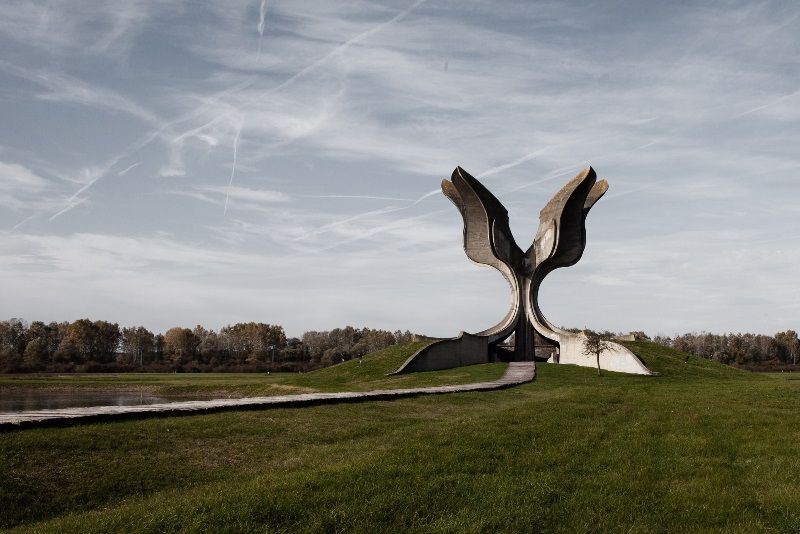January 24, 2019 - Assessment of post-World War II monuments in Southeastern Europe to develop a new regional tourism product- WWII-MONUMENTSEE is the latest project to be conducted by the NGO EXPEDITIO Centre for Sustainable Spatial Development from Kotor. By this project, Expeditio continues more than two decades of fighting to save and improve cultural heritage and make it a driver of future development, both in Montenegro and regionally.
WWII-MONUMENTSEE is one of the twelve projects the Regional Cooperation Council chose to support through the EU-funded Tourism Development and Promotion Project. “These grants, or better-said projects, will contribute to the expansion of the tourism offer in the region as they cover all six Western Balkans economies, both when it comes to the areas where to be implemented and when it comes to those who will be implementing them. So I can say that we have excellent regional representation and that makes me happy,” said Goran Svilanovic, RCC Secretary General at the occasion of awarding the projects in Sarajevo in November last year. “With this we are contributing to the preservation of natural and cultural heritage in the region, and more importantly to the economic development, growth and employment, all of which are our common goals – those of the regional economies, of the RCC, and of the EU who is funding this project,” emphasized Svilanovic.
Expeditio’s project WWII-MONUMENTSEE focuses on post-World War II monuments found in South East Europe area, which represents significant potential for the development of a regional cultural tourism route.  Monument in Jasenovac, Croatia
Monument in Jasenovac, Croatia
 Monument in Jasenovac, Croatia
Monument in Jasenovac, Croatia Copyright: https://cargocollective.com/mortalcitiesforgottenmonuments/Bogdan-Bogdanovic
These monuments, mostly built after World War II on the whole territory of former Yugoslavia and Albania primarily represent memorials to fighting against fascism, but they are much more than that, and some of them possess exceptional artistic value.
Following the changes occurring during the 1990s in Southeastern Europe the post-World War II monuments on territories of the countries Albania, Bosnia and Herzegovina, Kosovo, Montenegro, Serbia and The Former Yugoslav Republic of Macedonia, have been disregarded, which has led to their neglect due to lack of maintenance and in some cases to their devastation or complete destruction.
Revived interest for these monuments started at the beginning of the 21st century, since 2006, stimulated by foreign artists and researchers, as well as those from the SEE region. Over the last two decades, the importance of post-WWII monuments has begun to be rediscovered, even in connection with tourism. But all these initiatives and activities are sporadic, more often launched from abroad than by countries where the monuments are situated, and they are not synchronized, so these monuments do not present a unique tourism product, neither at the level of individual countries nor of the SEE region.
WWII-MONUMENT-SEE will promote a comprehensive approach, with the involvement of all stakeholders and will build on all existing initiatives. Experts that already implemented some researches will be invited to the regional workshop, to share their experiences and participate in the formulation of the proposals and guidelines for developing new comprehensive regional tourism product as a cultural route to be beneficial to an enhancement of all other cultural courses in this region.
Through the WWII-MONUMENTSEE project, Expeditio and their partners in other countries of the region will form a regional team of experts to conduct research and data collecting in 6 SEE countries and produce the “Assessment of post-World War II monuments in South East Europe for developing new SEE regional tourism product/ cultural route” in the languages of the region.
The Assessment will cover research and inventory of monuments, literature, and sources of relevant data, identification of existing projects and activities and identification of key stakeholders of future WWII monuments routes.
Besides the Danube Competence Centre Belgrade’s project “Developing New WB6 Branch of the Roman Emperors and Danube Wine Route”, WWIIMONUMENTSEE is the only supported within this program that covers the whole region of Western Balkan.








